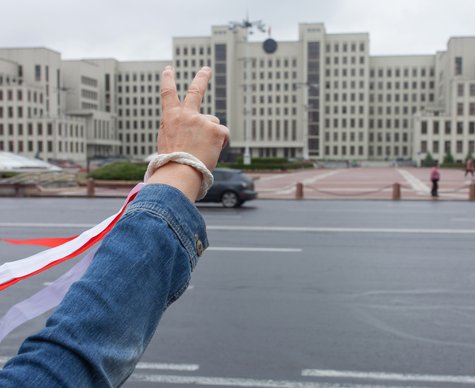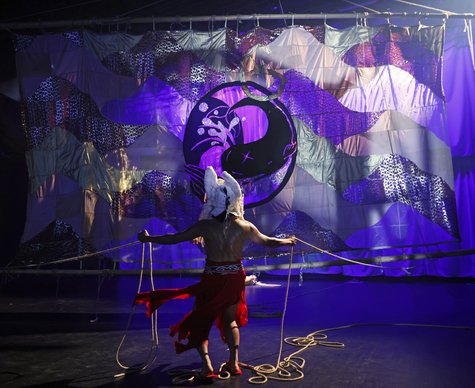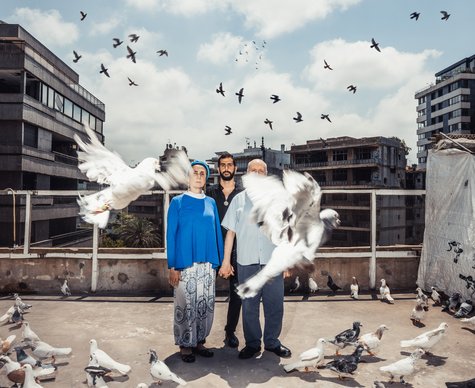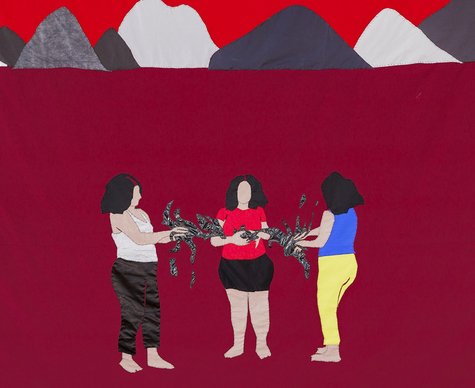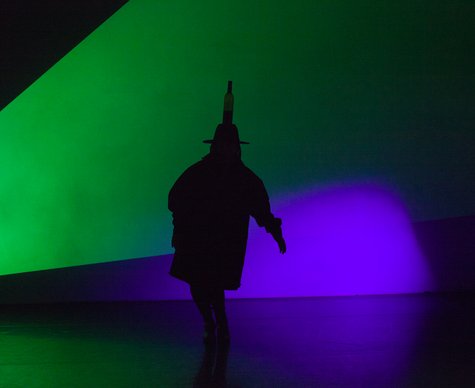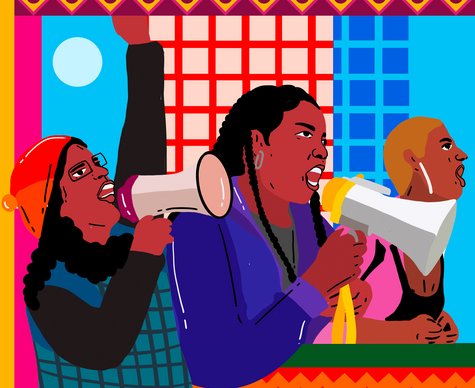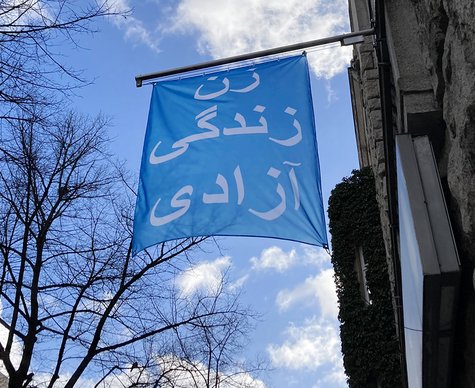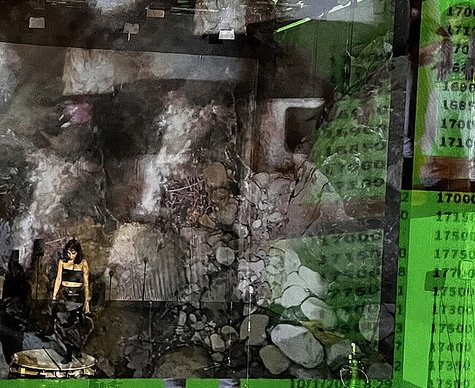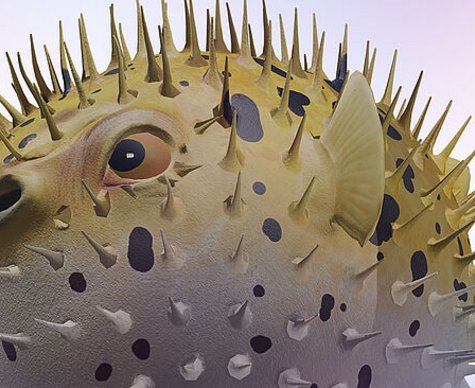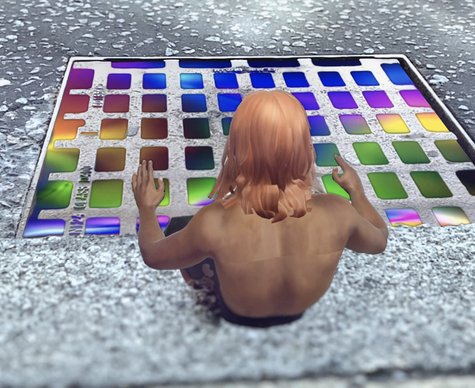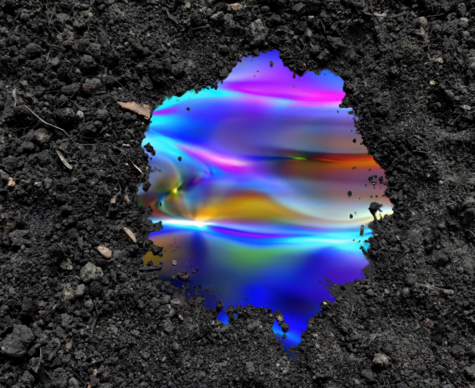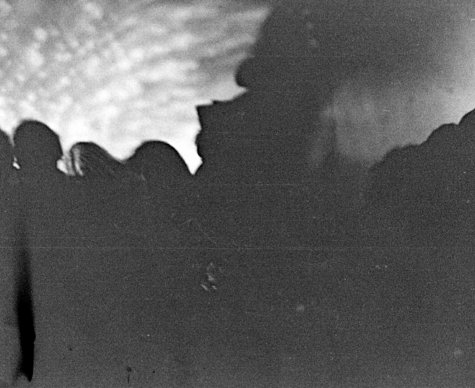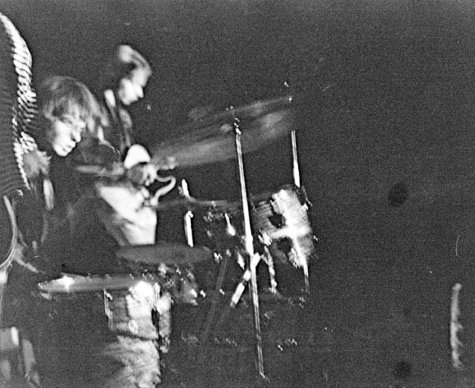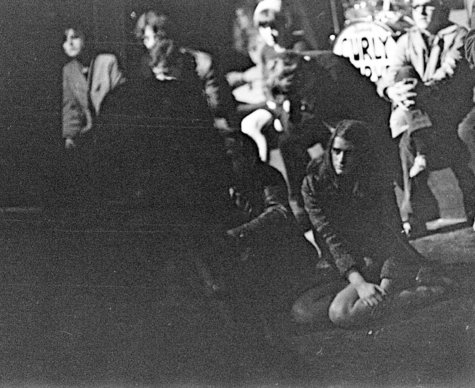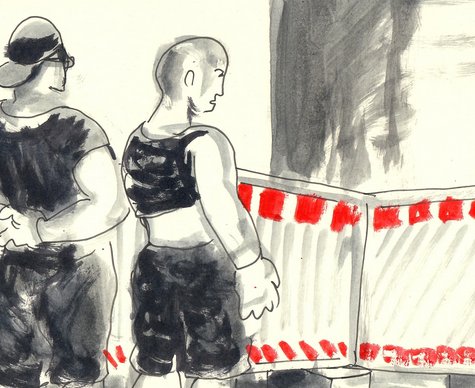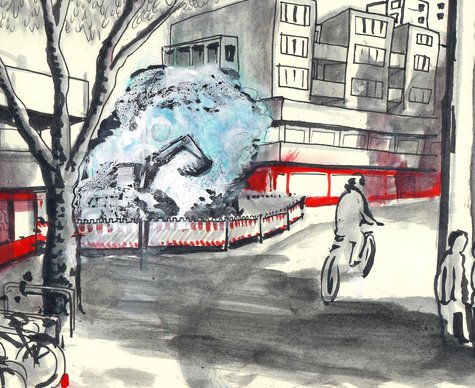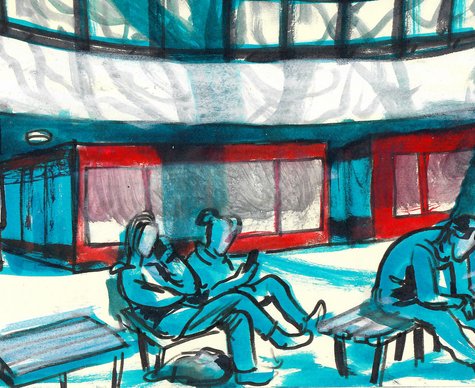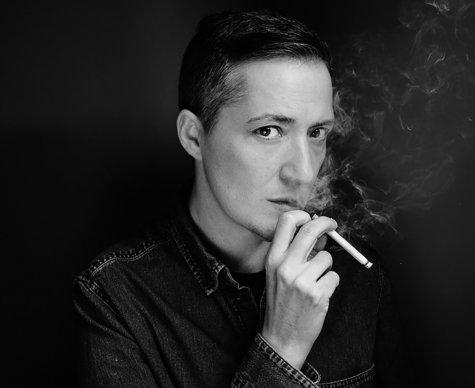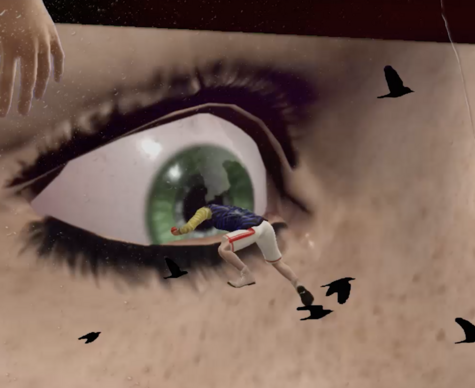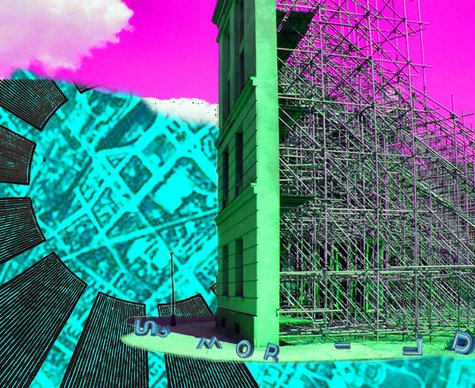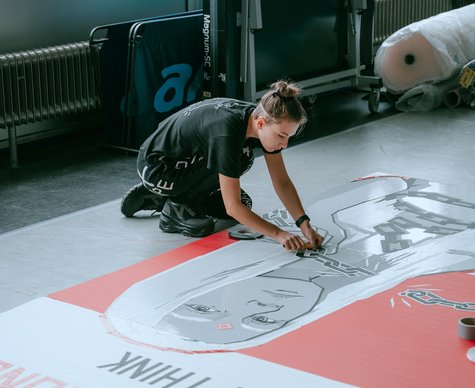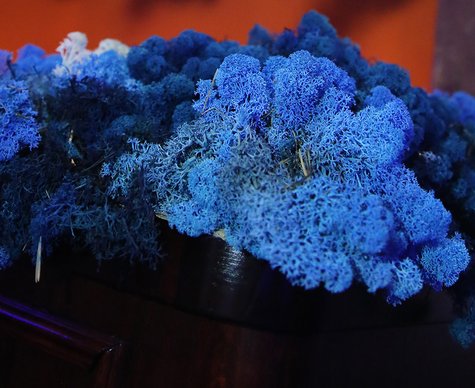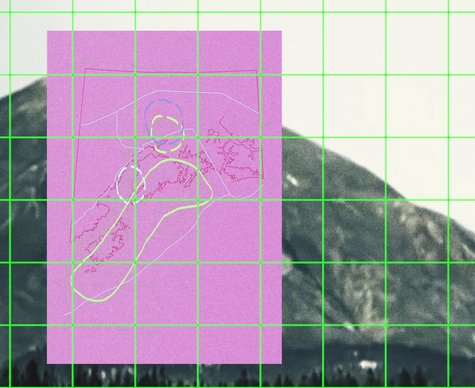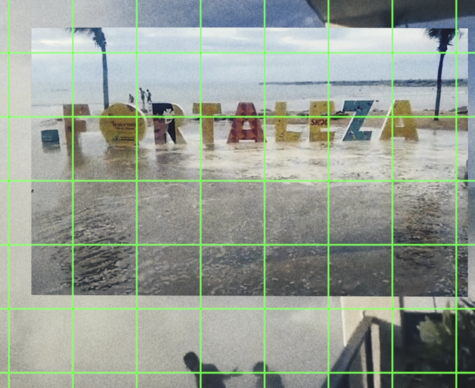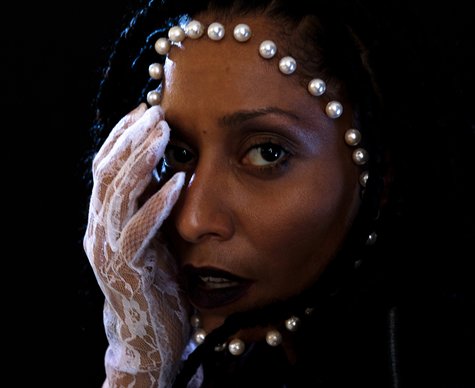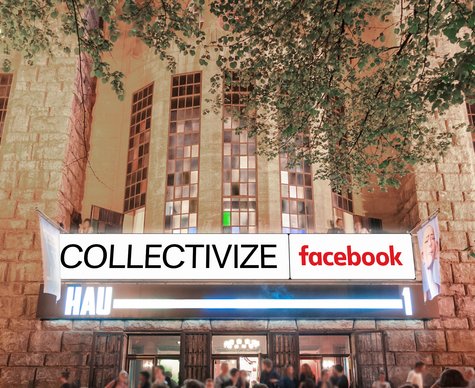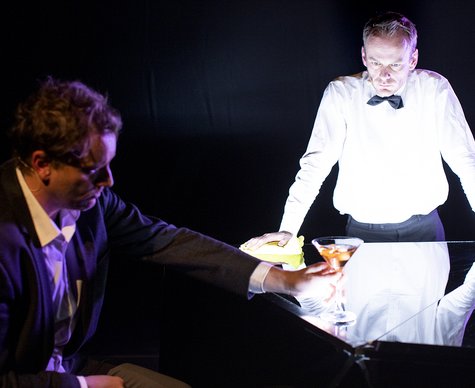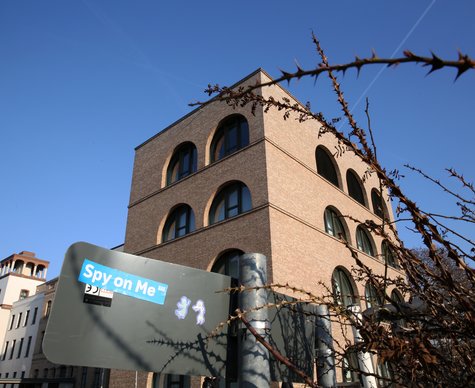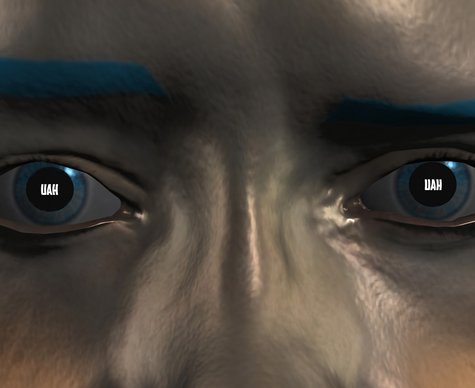Dani Gal & Ghazi Barakat “Altered State Solution” // Num // Afrorack
CTM Radio Lab
Part of "CTM 2020 – Liminal"
- Music
With “Altered State Solution,” Berlin-based artists Dani Gal and Ghazi Barakat consider noise as “an ambiguous space between the disruptive and the creative, and between the oppressive and the subversive.” Radio jamming blocks unwanted transmissions from neighbouring countries or oppositional sources; during the Cold War, citizens behind the Iron Curtain tried to overcome jamming noise by listening through it, while the Soviet authorities further developed their jamming methods to create an iron curtain in the “Aether” space. Gal and Barakat transmit sound messages to each other. What unfolds is a liminal feedback space in which intentions are distorted.
The duo NUM, consisting of Maryam Sirvan and Milad Bagheri, create a three-part suite corresponding past, present, and future. Drawing on questions about constant change and the incessant motion of life, the duo reflect on their own history as a couple without formal music training who, because of their shared passion for music, left their native Iran to try out a new life in Tbilisi. NUM will visualise the three stages of time with a graphic score, incorporating elements such as duration, dynamics, pitch, and sonic textures. Sampling past experiences, they process acquired knowledge and memories with their new environment, encounters, emotions, uncertainties, and hopes into a unique and personal sonic voyage.
Afrorack, aka Brian Bamanya, is one of the first people in Africa to build modular synth setups. His live sets dazzle audiences with a blend of techno, abstraction, and acid.
Dates
Credits
NUM and Dani Gal with Ghazi Barakat are commissioned by the CTM 2020 Radio Lab, an initiative by Deutschlandfunk Kultur – Radio Art/Klangkunst and CTM Festival, in collaboration with ORF musikprotokoll im steirischen herbst festival, Ö1 Kunstradio, and The Wire magazine. NUM are supported by Goethe-Institut.
CTM 2020 is funded by the Senate Department for Culture and Europe, Initiative Musik, Federal Government Commissioner for Culture and Media, Goethe-Institut, Federal Foreign Office, Creative Europe Programme of the European Union, Canada Council for the Arts, Government of Canada, Nordic Culture Fund. In collaboration with HAU Hebbel am Ufer, transmediale 2020, Kulturprojekte Berlin, and many more.
Location
HAU2
Hallesches Ufer 34, 10963 BerlinThere are two marked parking spots in front of the building. Barrier-free restroom facilities are available. Four relaxed seats are available in the first row of HAU2. Tickets for wheelchair users and accompanying persons can also be booked via the ticketing system. If you need help, please contact our Ticketing & Service team at +49 (0)30 259004-27 or send us an email to
tickets@hebbel-am-ufer.de.
Travelling to HAU2 via U Hallesches Tor:
If you are coming from Hallesches Tor underground station, you will have to use an alternative footpath from Wilhelmstraße / Hallesches Ufer junction, which is separated from the carriageway by a construction fence – the actual footpath is currently closed. Please note: the alternative route is also used by cyclists. Pedestrians should keep to the right. We therefore currently recommend that visually impaired or blind visitors come to the HAU with an accompanying person.
Arrival HAU2 via U Möckernbrücke:
When you leave Möckernbrücke underground station, please stay on the footpath on the canal side until you reach Hallesches Ufer / Großbeerenstraße junction – the opposite side is currently closed due to construction work.
![[Translate to EN:]](/fileadmin/Hau/_processed_/6/2/csm_30.01.2020_Num-courtesyoftheartists_7fd6476ef3.jpg)
![[Translate to EN:]](/fileadmin/_processed_/d/5/csm_30.01.2020_-__DaniGal_GhaziBarakat_dbb6669aa2.png)





















